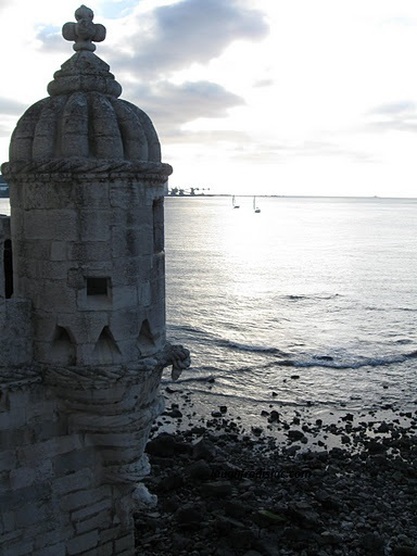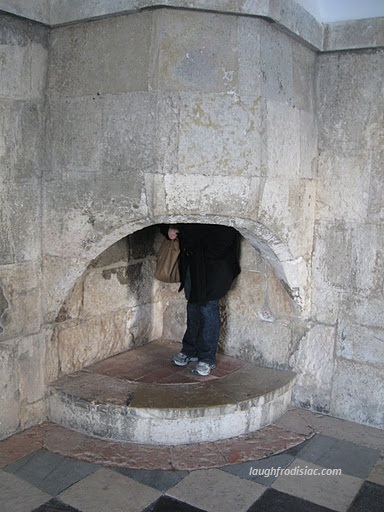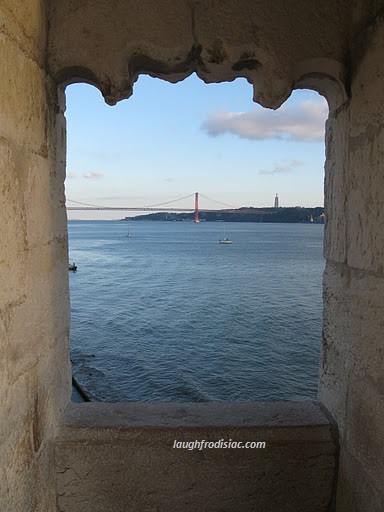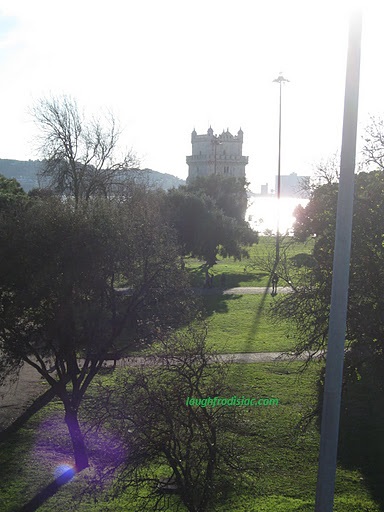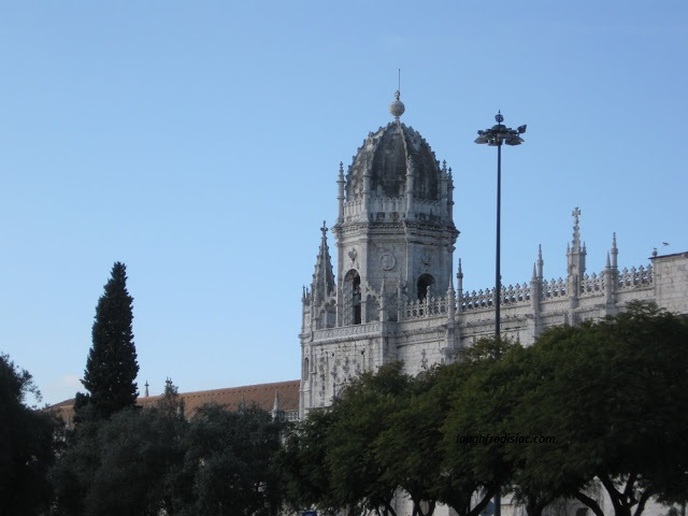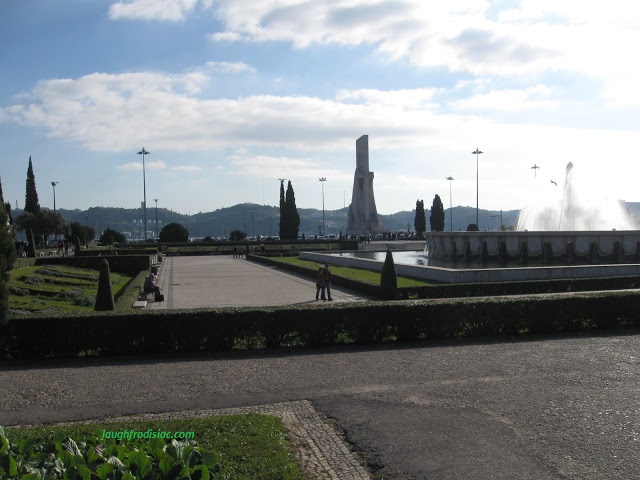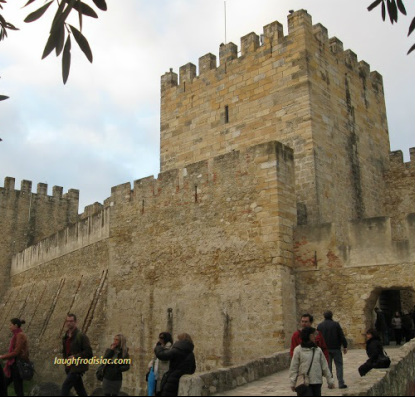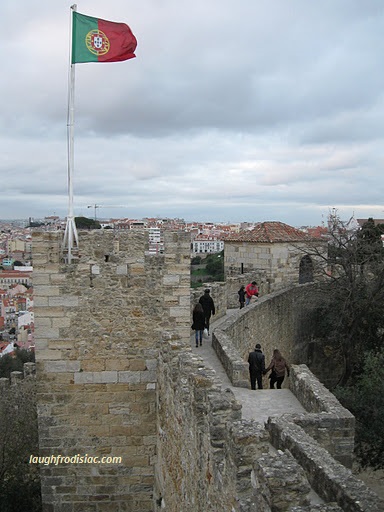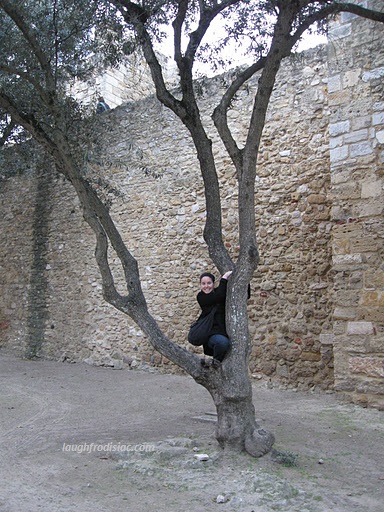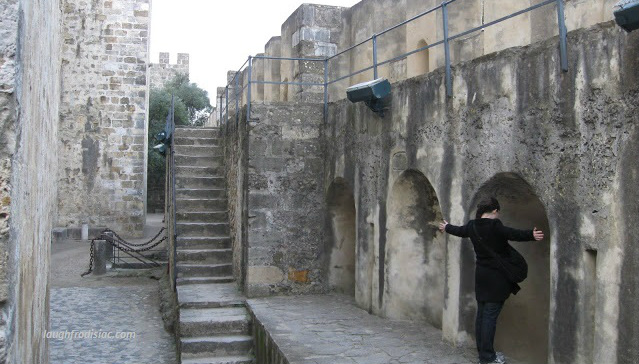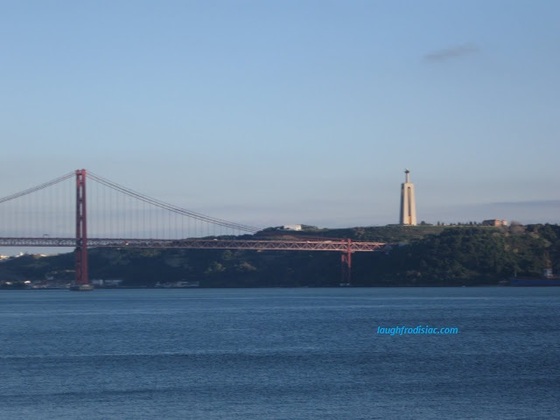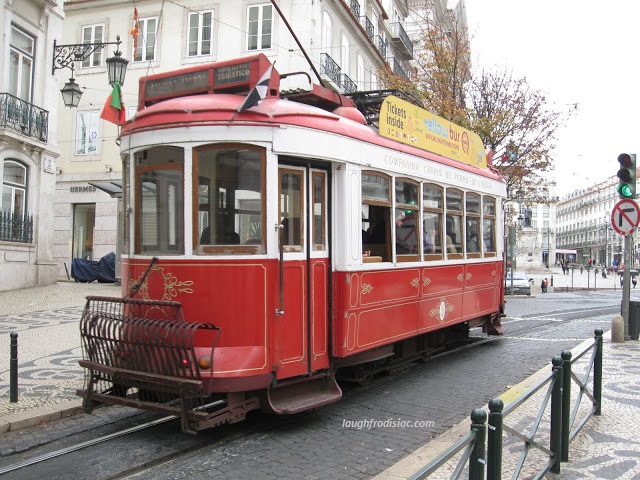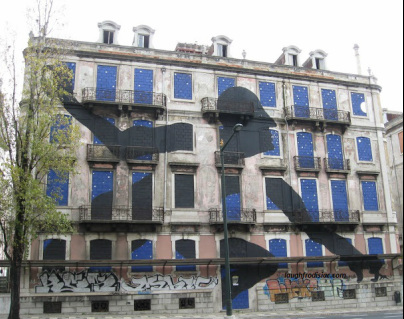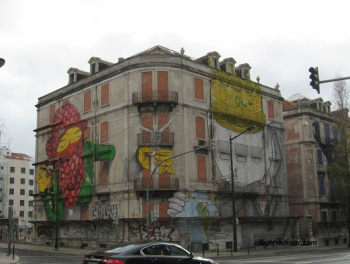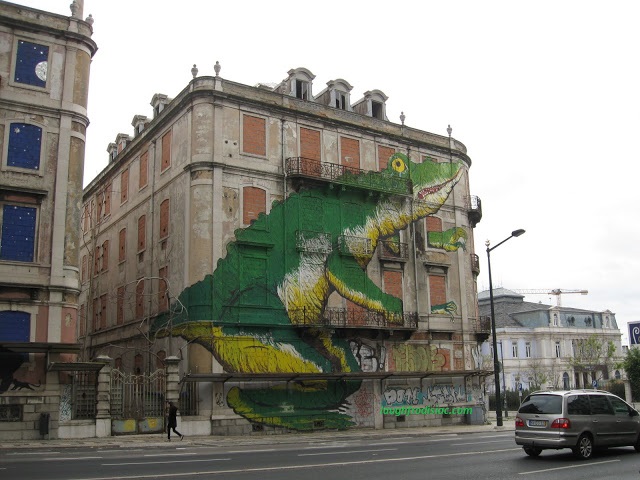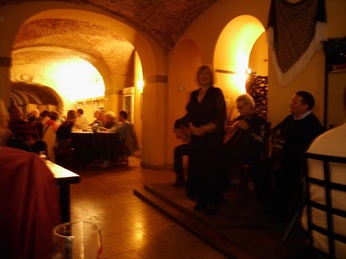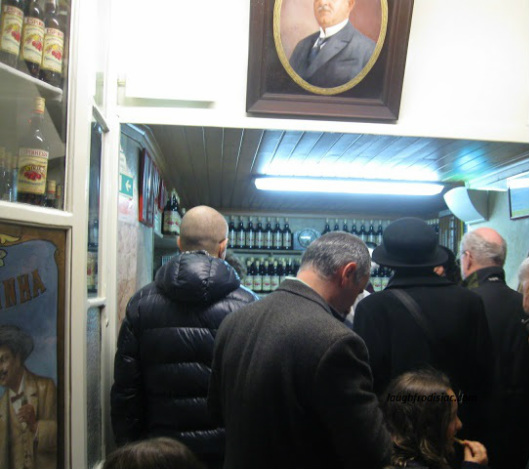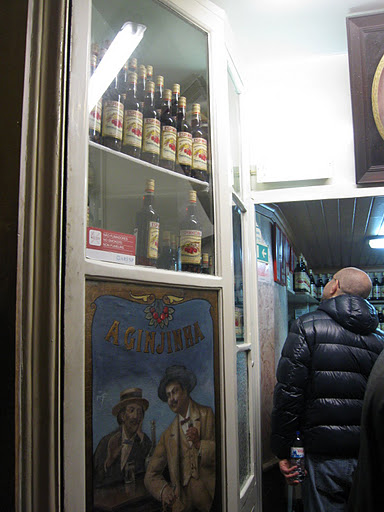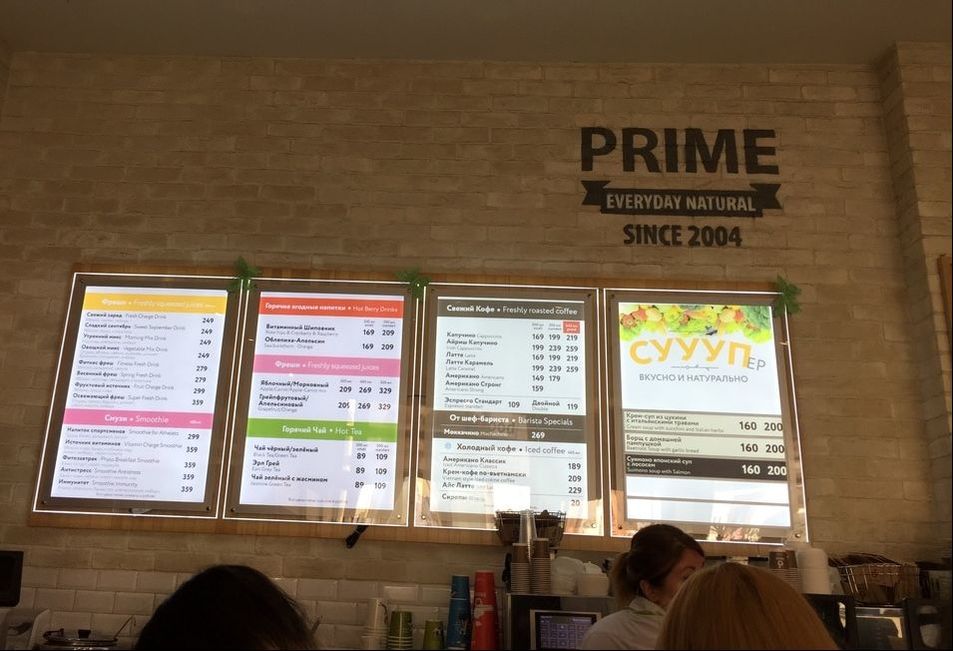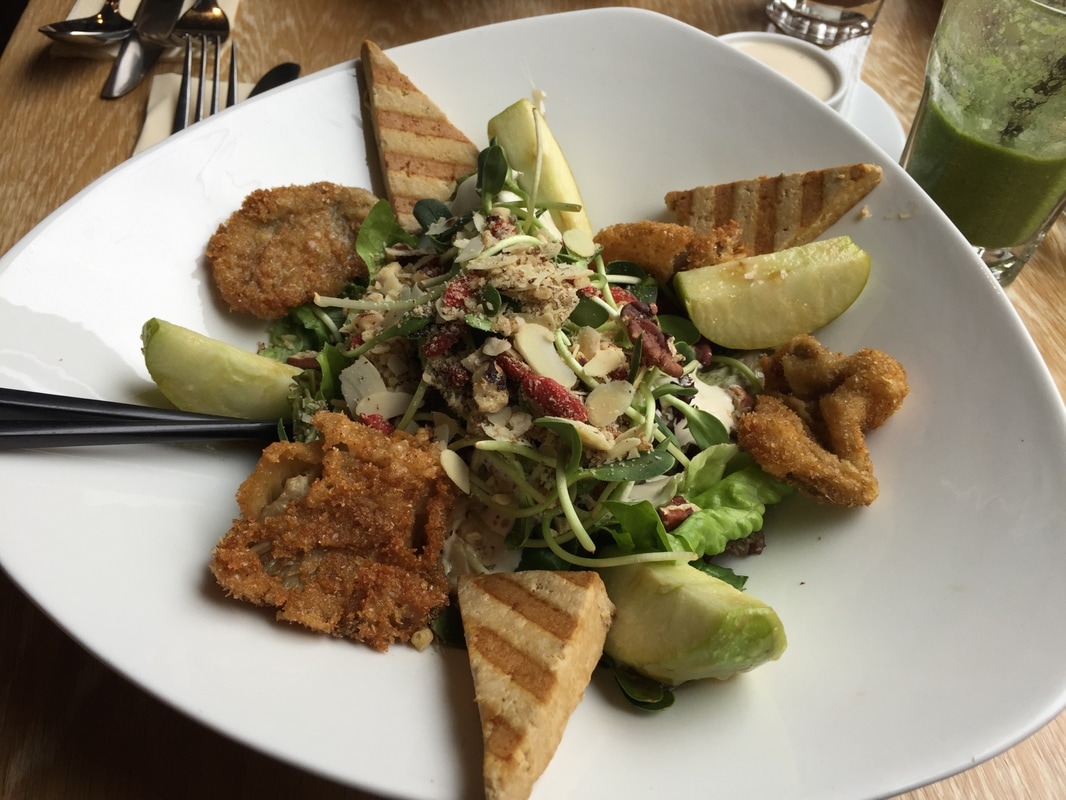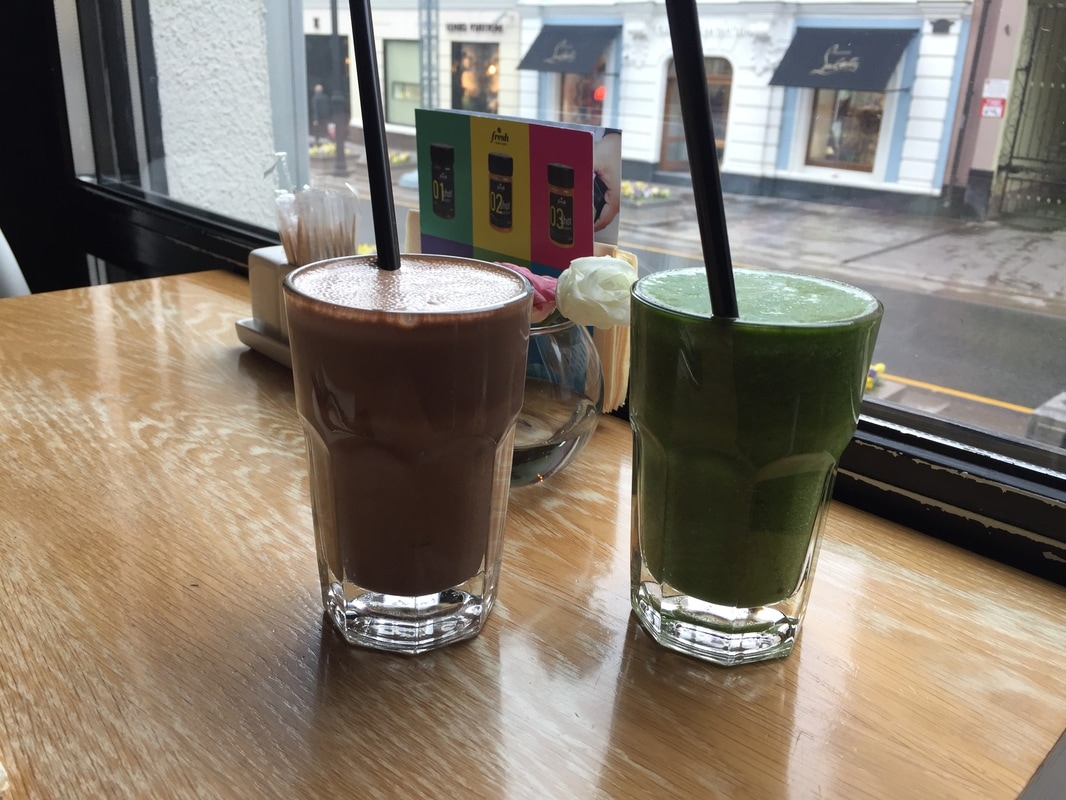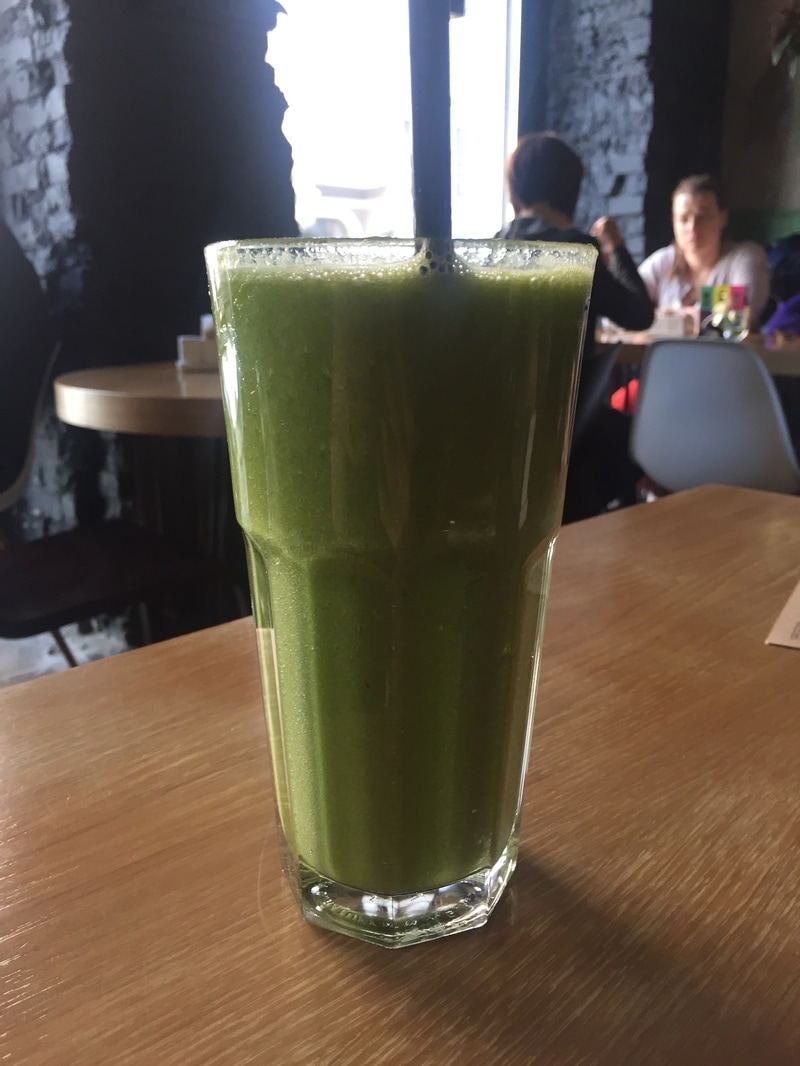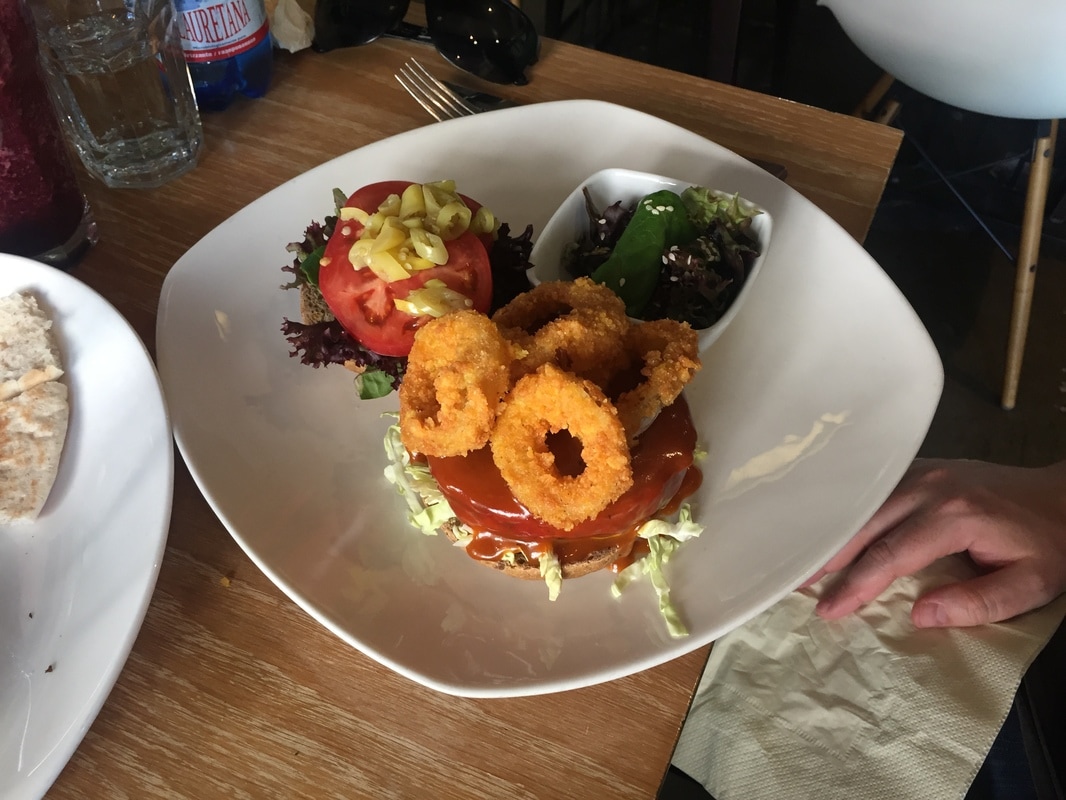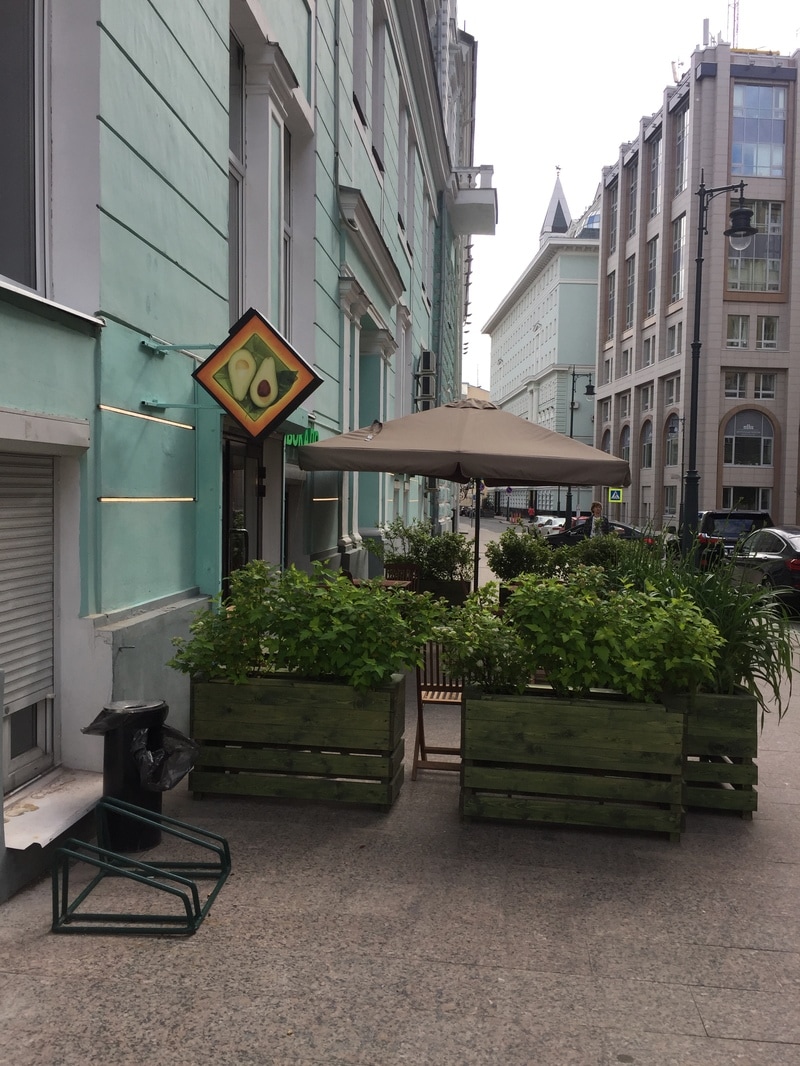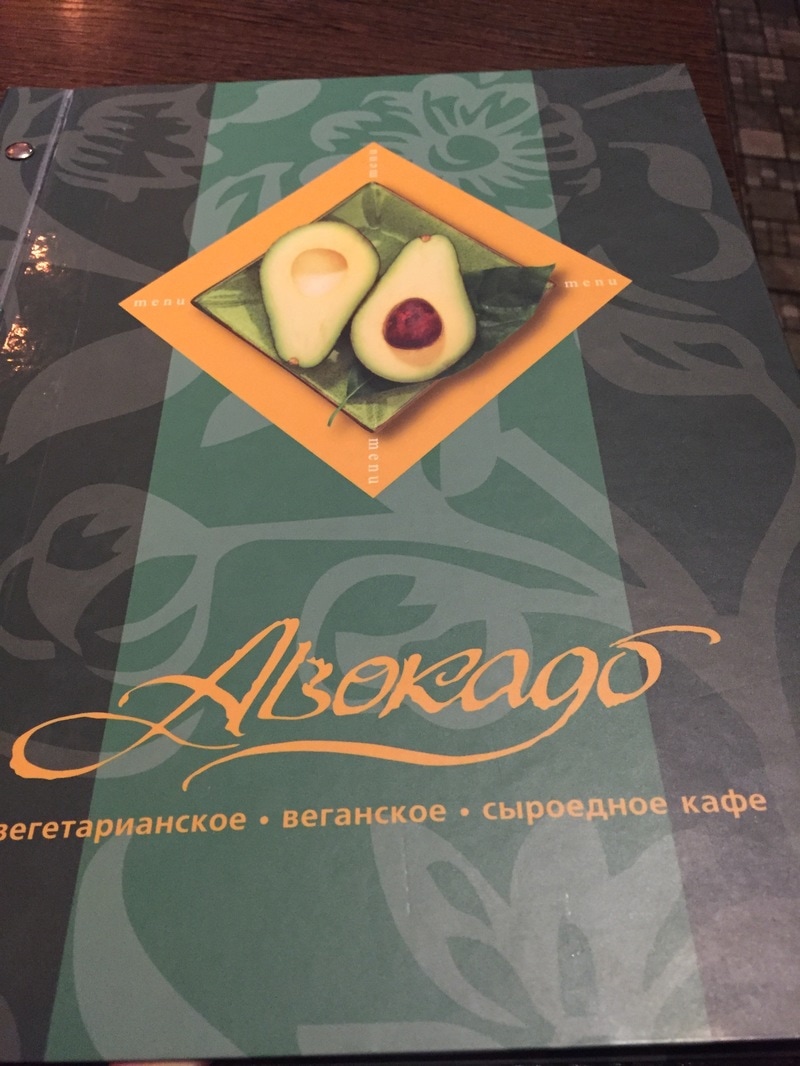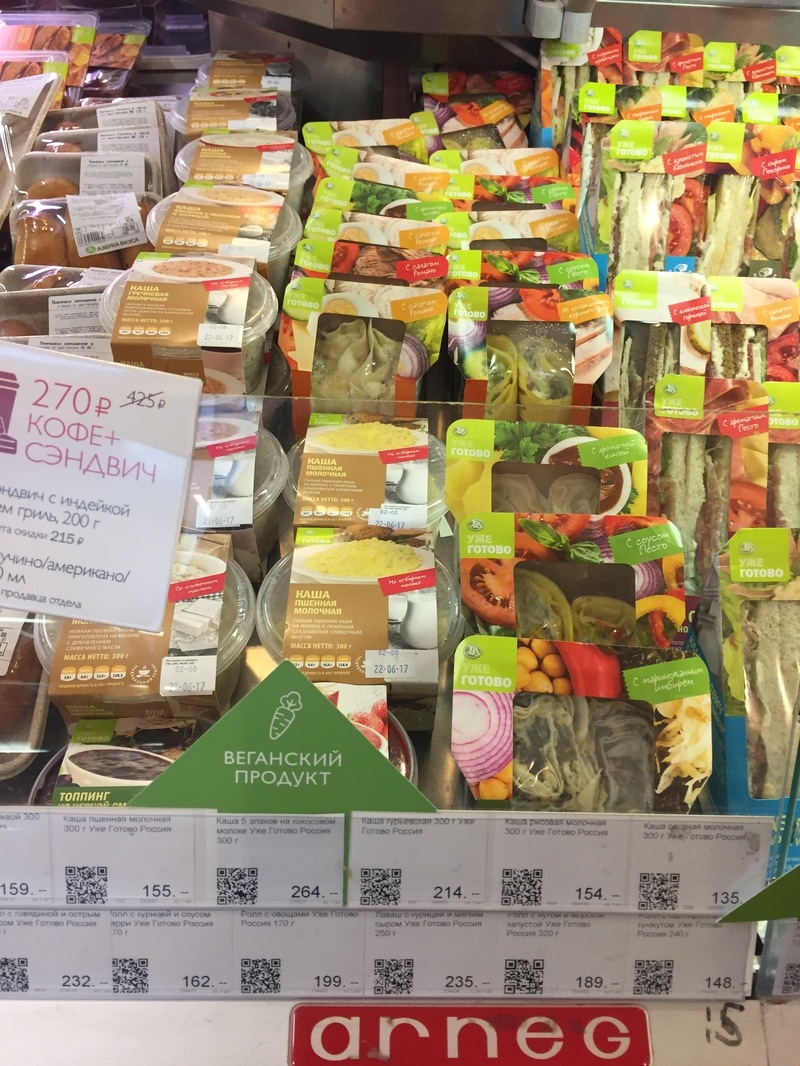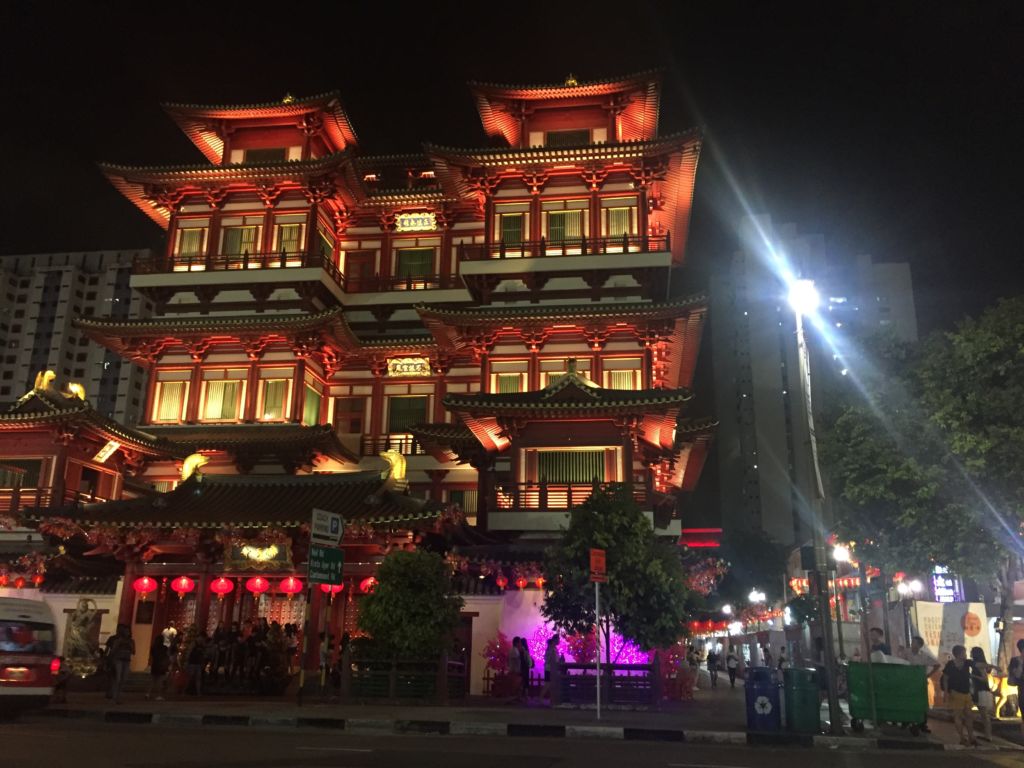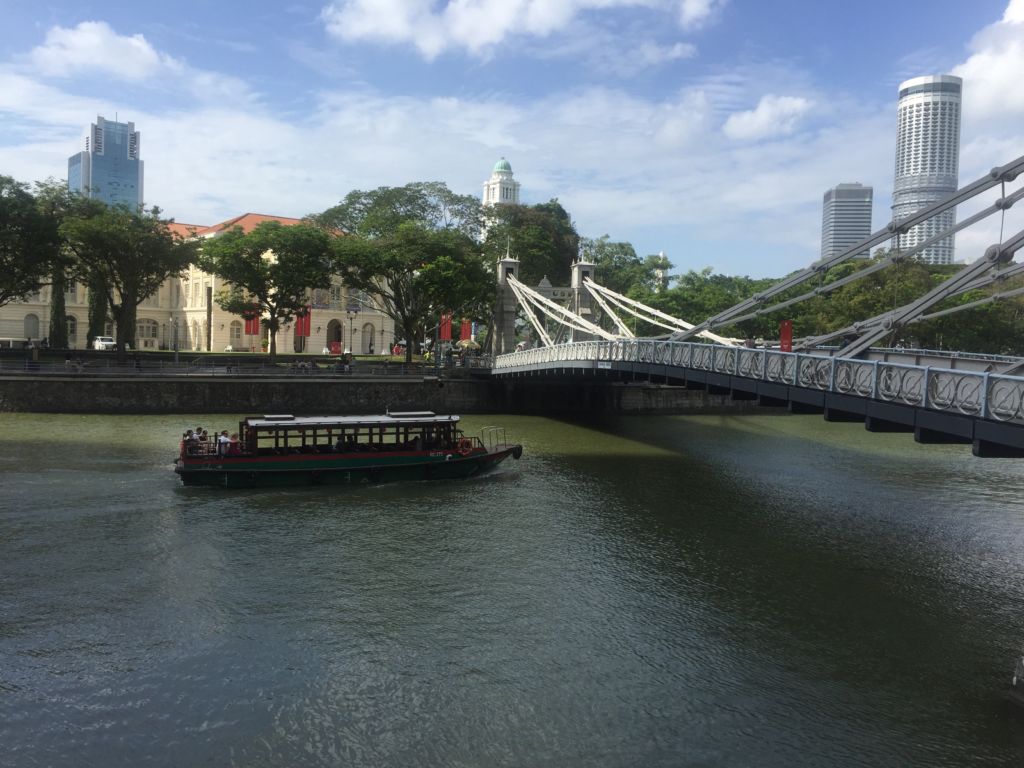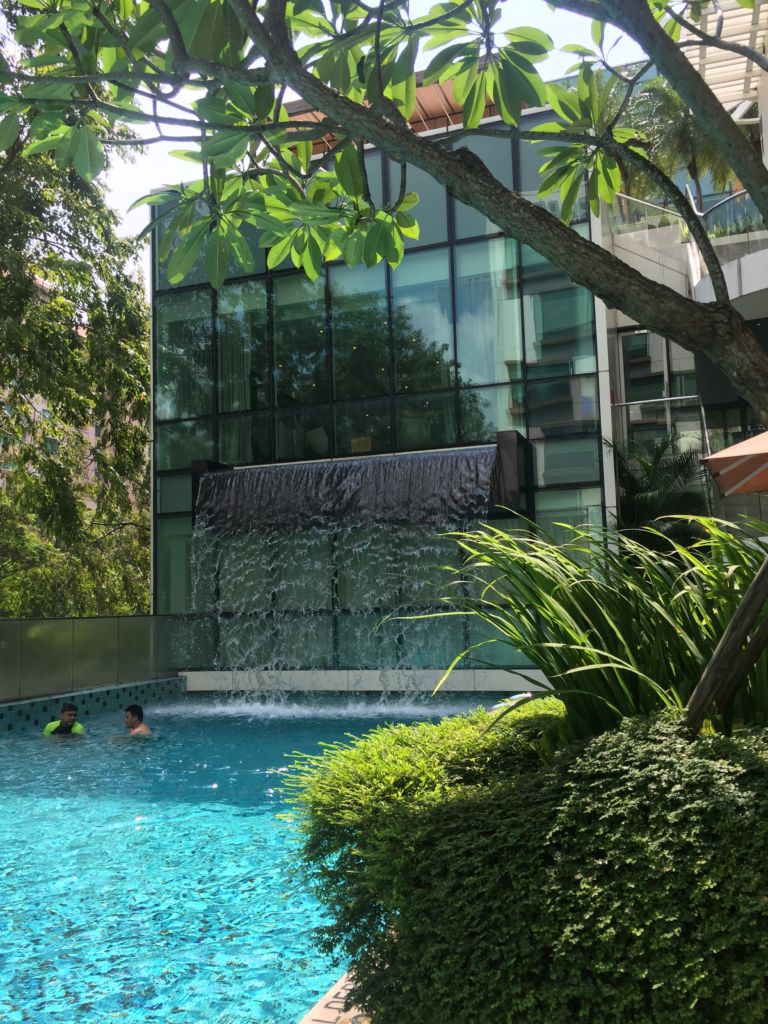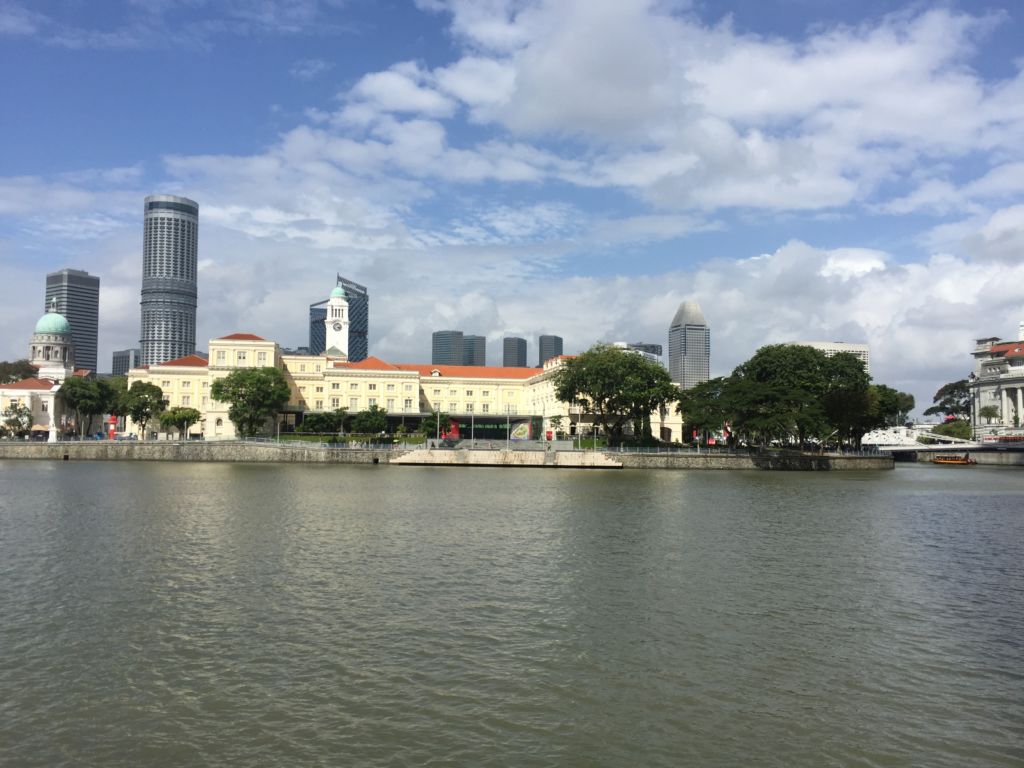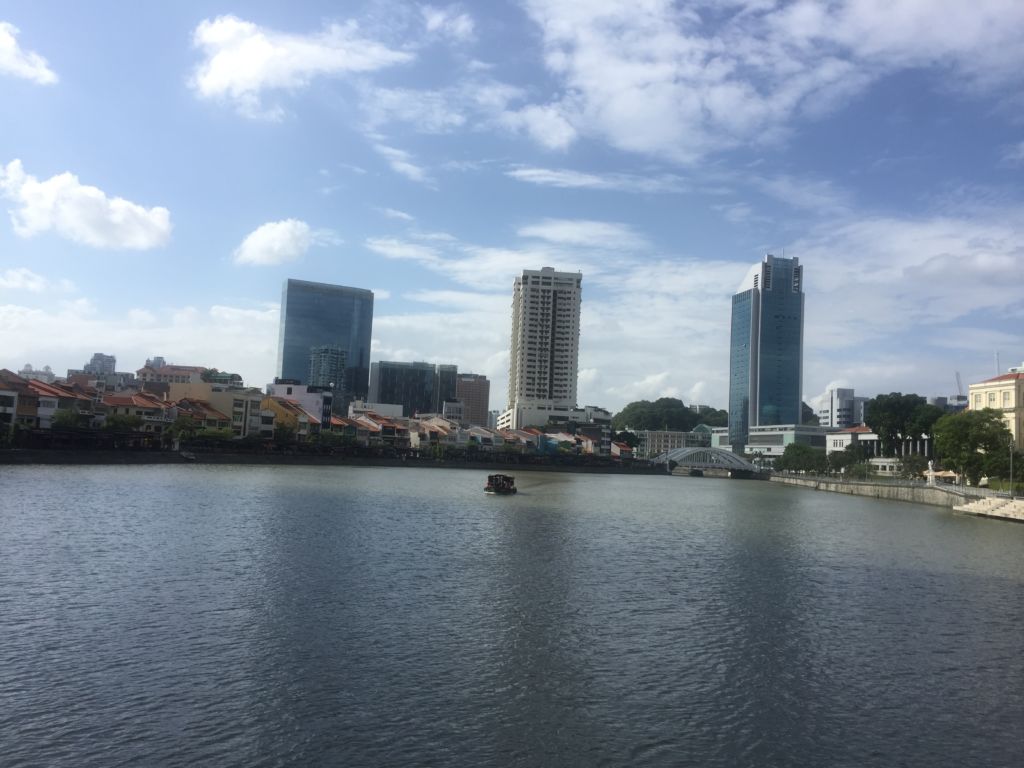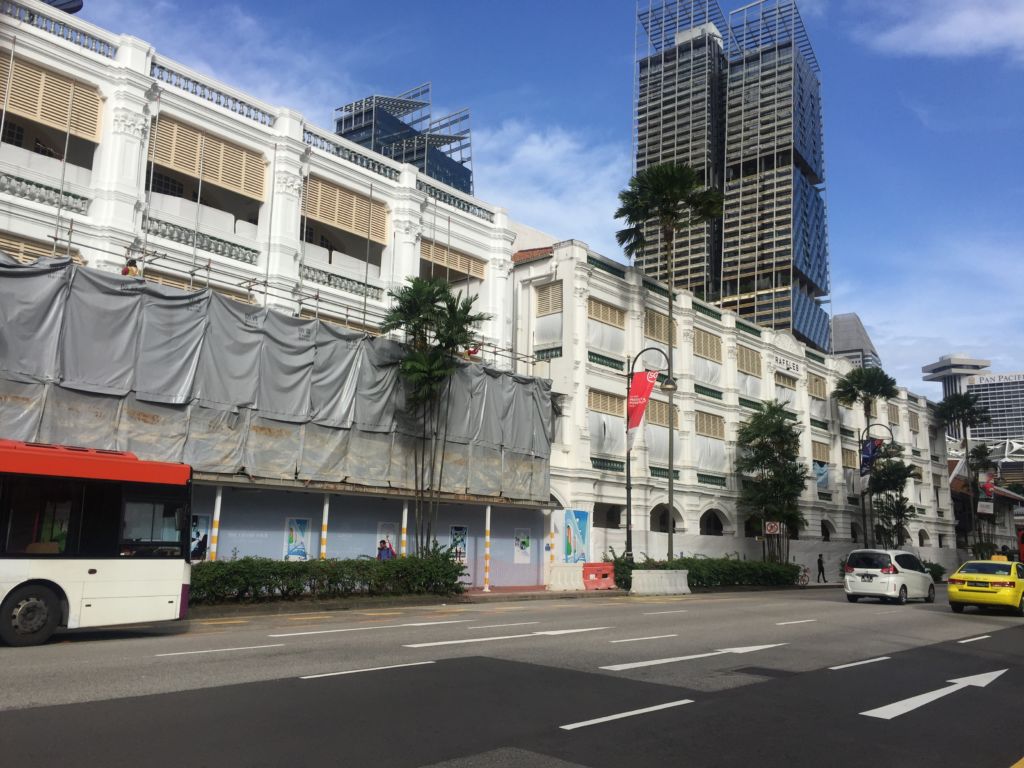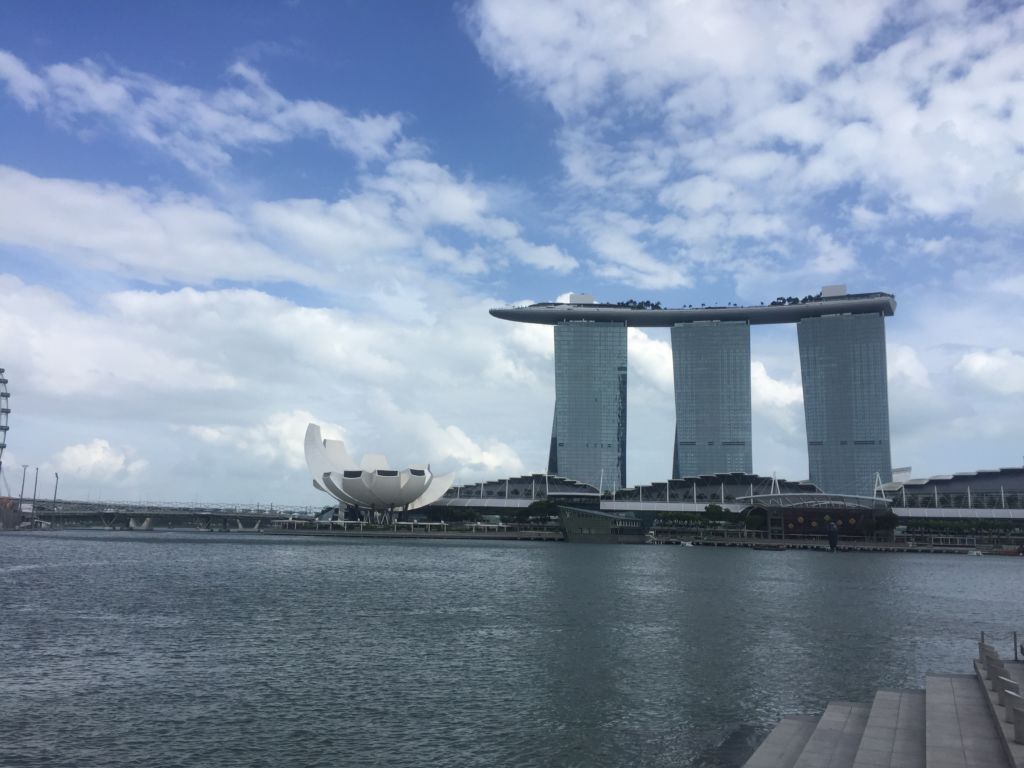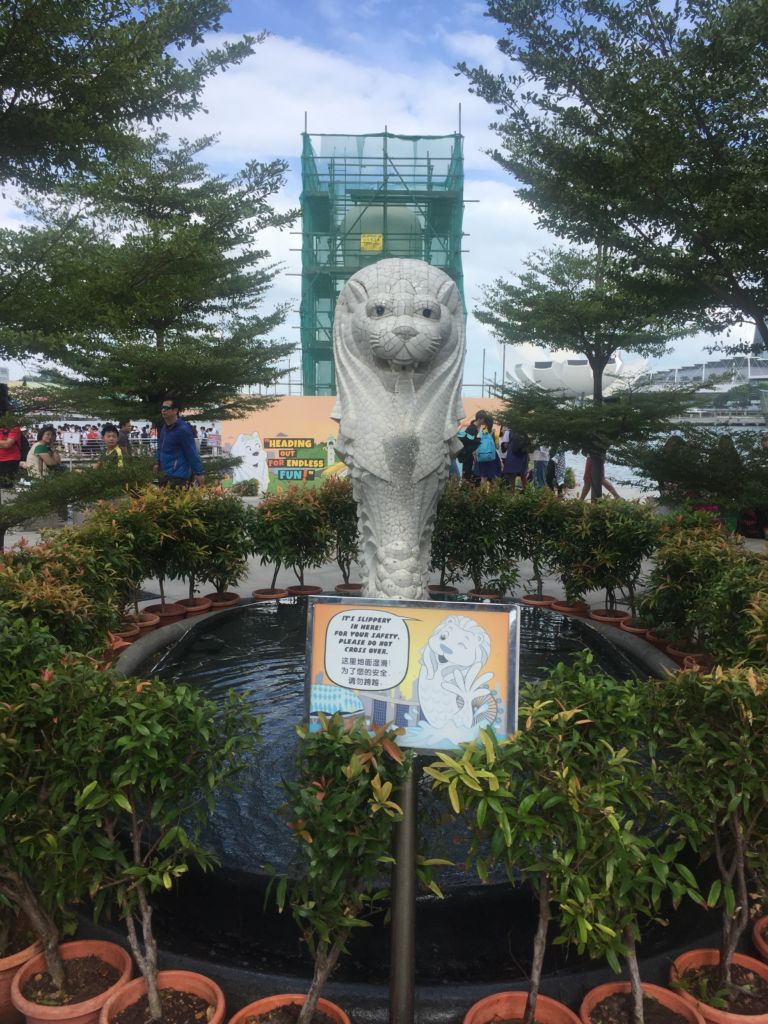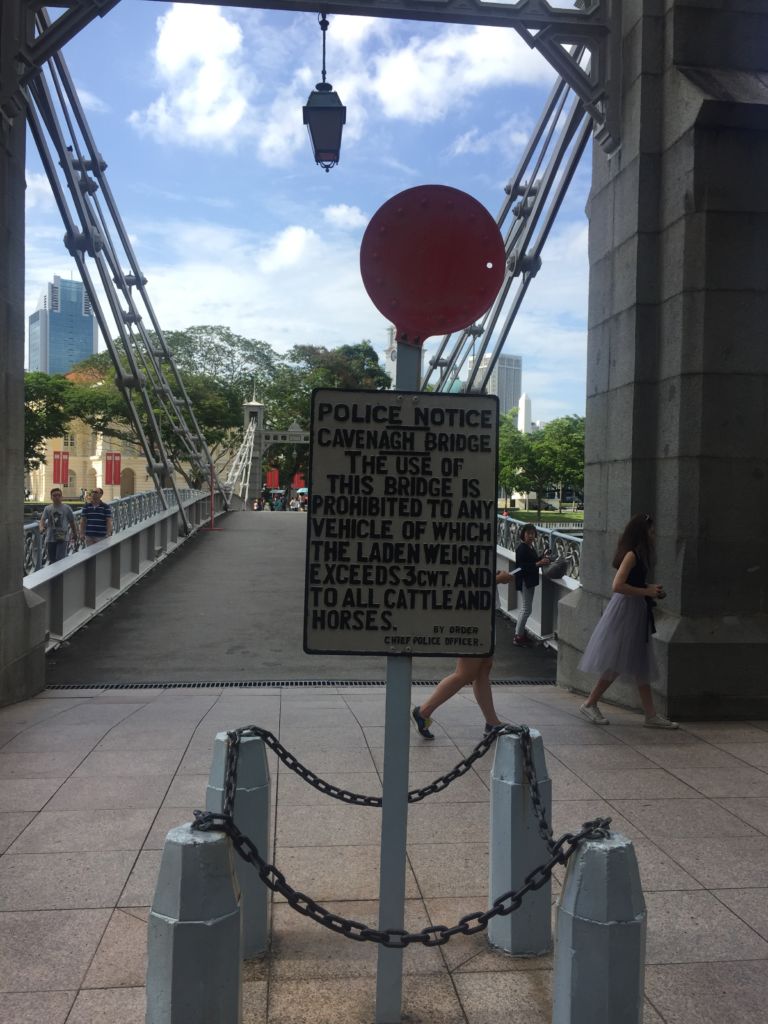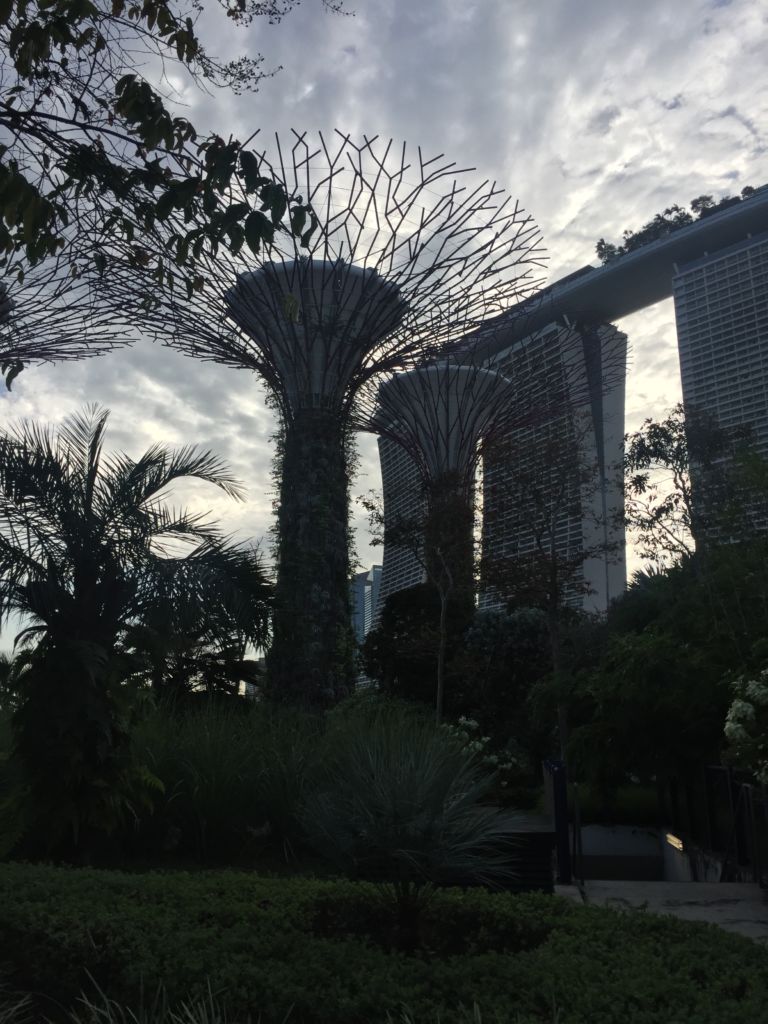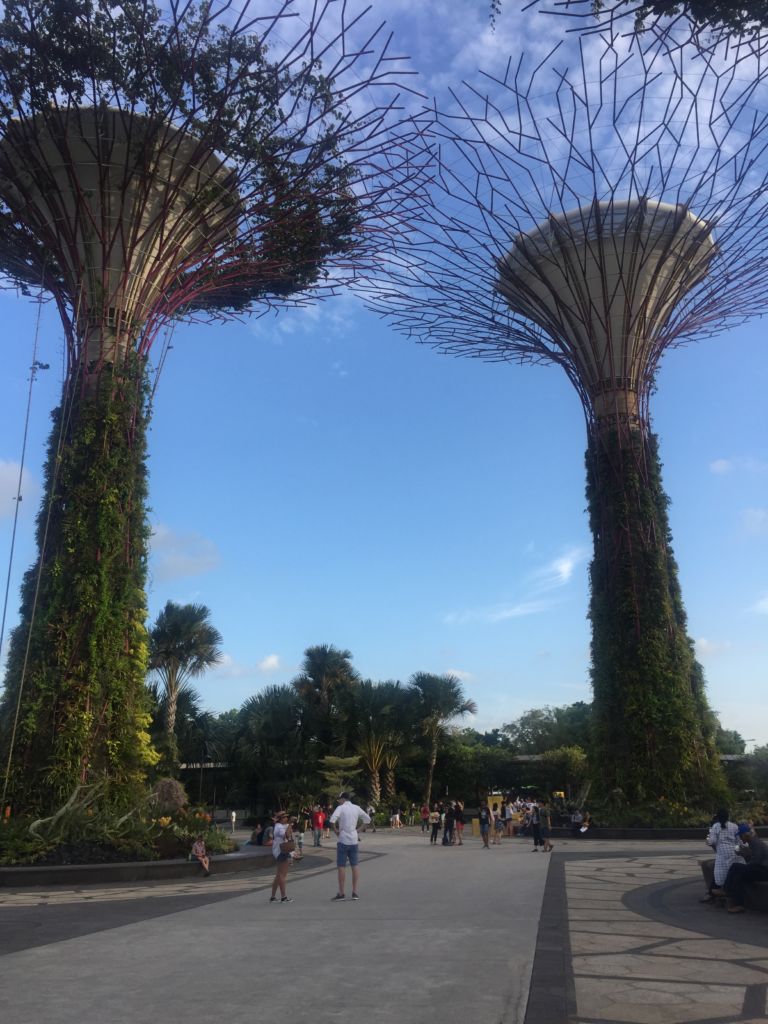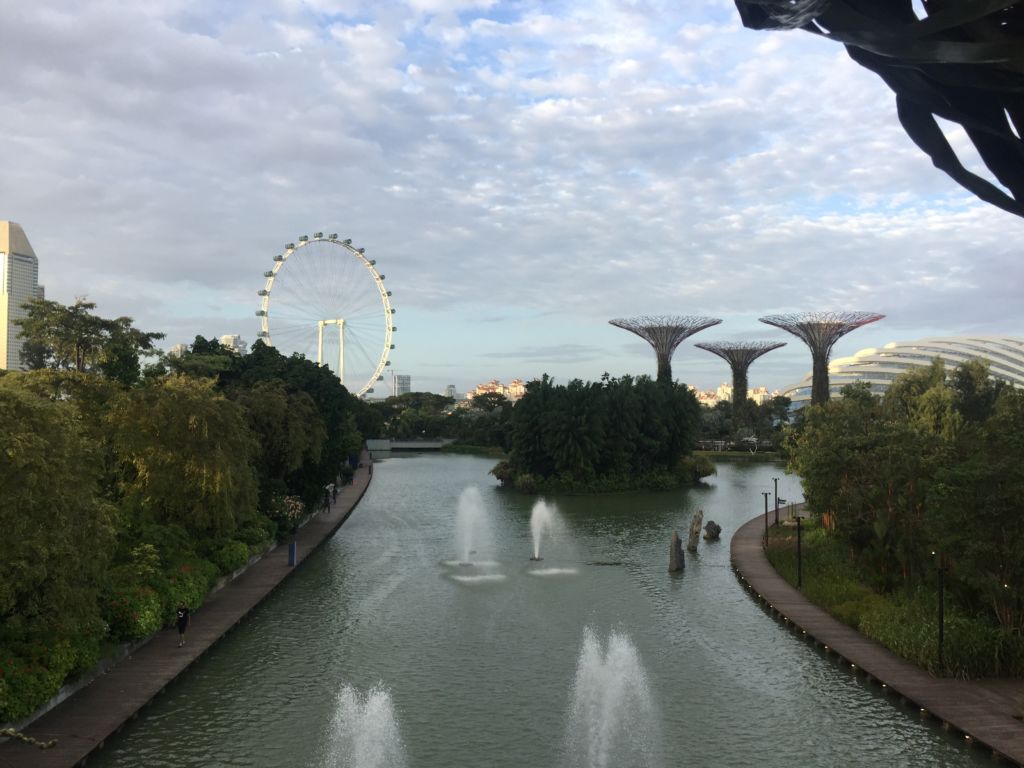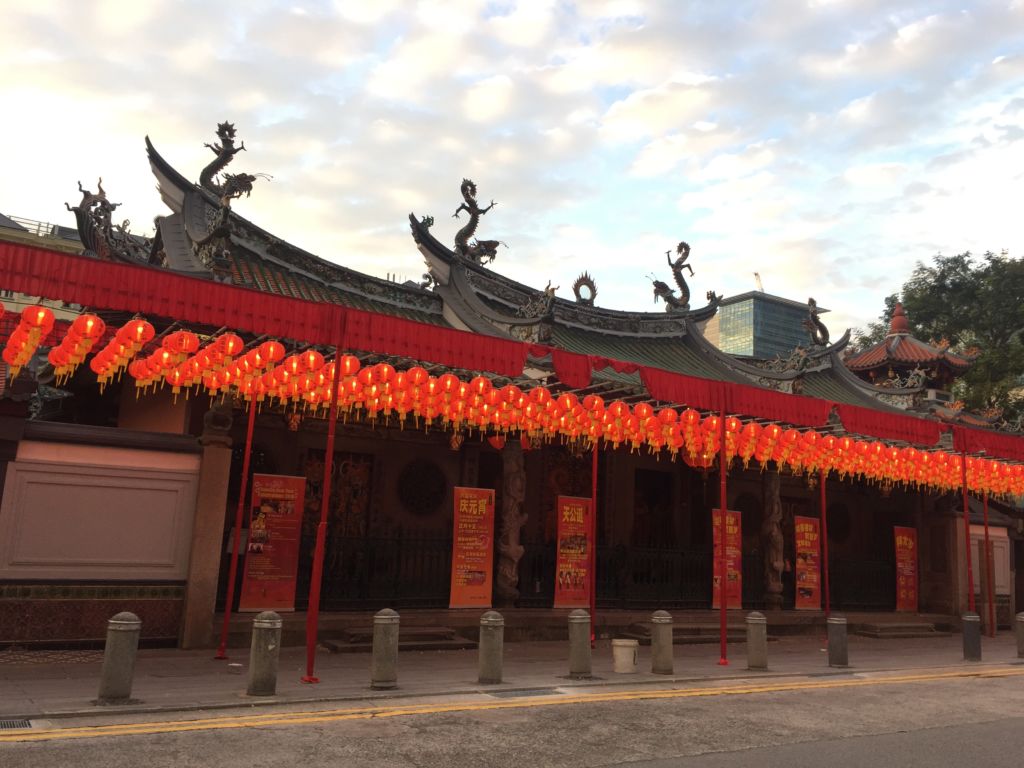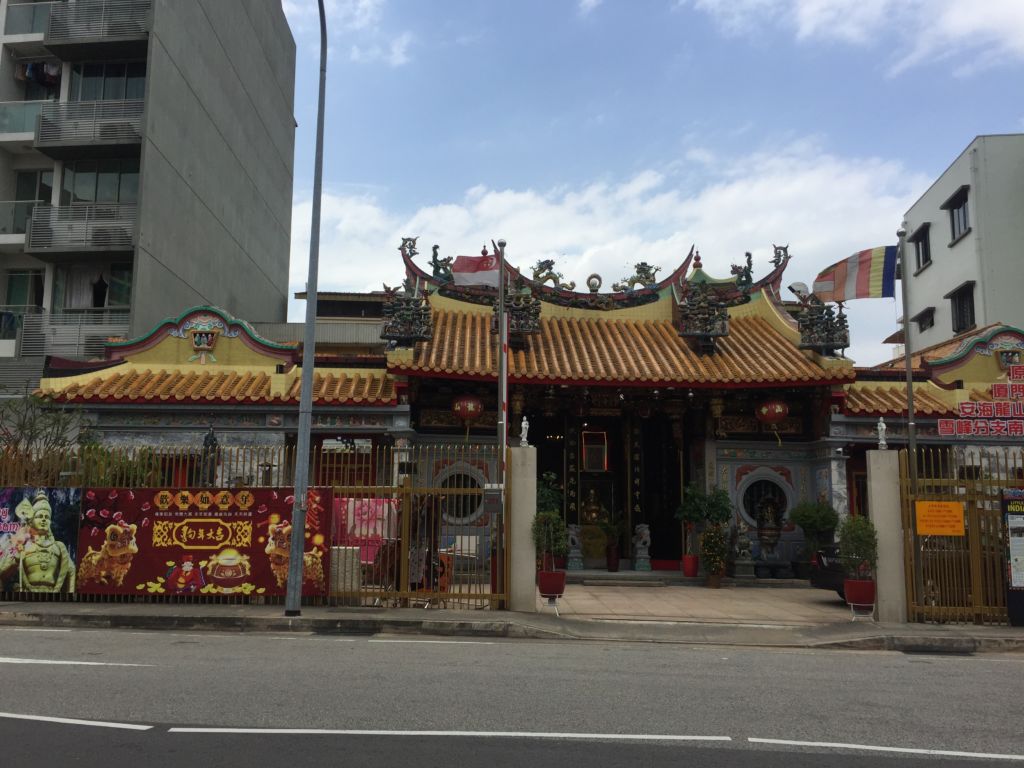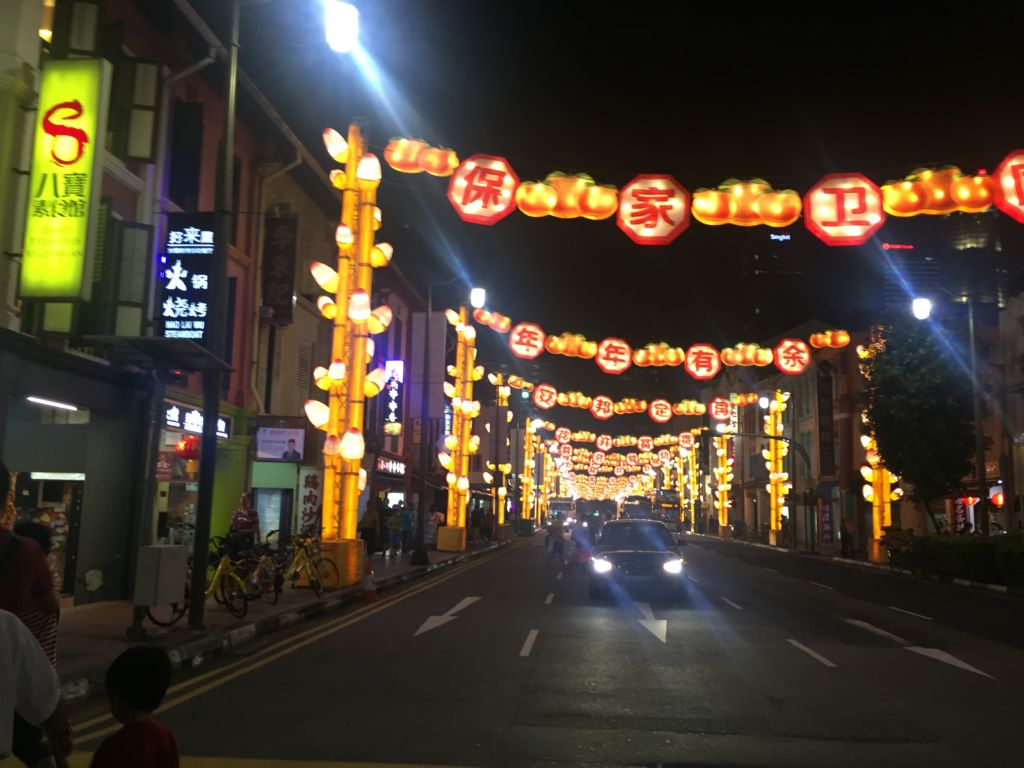 Veganizing "Friends": Three Kinds of Potatoes (& Mario's tots!)by Randi / September 23, 2013
Veganizing "Friends": Three Kinds of Potatoes (& Mario's tots!)by Randi / September 23, 2013 Strolling in Lisbon, in view of the 25 de Abril Bridge
Strolling in Lisbon, in view of the 25 de Abril Bridge
A few years ago, I traveled all through Portugal. This post will focus on my favorite part, Lisbon.
Lisbon gives you excitement and attractions of a big city but in a smaller, calmer (and cheaper) package than, say, cities in Spain. In fact, it reminded me a lot of certain parts of Spain, but on a smaller scale. It’s like how New York compares to Philadelphia, although I don’t think Lisbon could match Philly’s crime rate if it tried. Anyway! It’s a lovely city to visit, with great sights, nice people, and good food. In fact, Lisbon is where I learned to love olives! Prettayyy cool.
Lisbon gives you excitement and attractions of a big city but in a smaller, calmer (and cheaper) package than, say, cities in Spain. In fact, it reminded me a lot of certain parts of Spain, but on a smaller scale. It’s like how New York compares to Philadelphia, although I don’t think Lisbon could match Philly’s crime rate if it tried. Anyway! It’s a lovely city to visit, with great sights, nice people, and good food. In fact, Lisbon is where I learned to love olives! Prettayyy cool.
One of the coolest parts of Lisbon is the Torre de Belem, or Belem Tower. Overlooking the Tagus River, Belem Tower was constructed in 1515, commissioned to be a part of the defense system of Lisbon and a gateway to the city. The gray stonework cuts an imposing figure against the often cloudy view of the water, providing a real Medieval feel, separated from the modern city life. You can climb all through the tower and see various examples of canons and other weaponry. And, of course, there’s a gift shop, where you can buy a 3D replica puzzle of this Tower with about 3000 teeny tiny little wooden pieces that all look alike and your boyfriend can buy it and spend months trying to construct it all over the living room and you can find wood fragments in random places nearly two years later if you want. It’s a nice puzzle. (And he finished it, go him!)
Near the Belem neighborhood of Lisbon is the Mosteiro dos Jerónimos, the Hieronymites Monastery, originally built in 1459 for monks of the Order of Christ who helped pilgrims in the region. It was also the site of the 2007 Treaty of Lisbon, which provided for reform of the European Union. Like the Belem Tower, it’s a UNESCO World Heritage Site, and boasts a beautiful courtyard.
Also in this area is the Monument to the Discoveries, representing Portuguese exploration. It was built for the 1940 Portuguese World Fair, but was destroyed shortly thereafter. Luckily, in 1958, the government decreed that a permanent monument should be rebuilt. The one standing now is larger than the original model. As monuments go, this one has a pretty interesting facade, with 33 statues positioned along the lower ramp, honoring important people from the discoveries, including Vasco da Gama, Ferdinand Magellan, Pedro Escobar, and lots more I didn’t learn about in elementary school.
After exploring the Belem section of Lisbon, it’s definitely time to climb up to the Castelo de São Jorge, the Moorish castle that overlooks the city of Lisbon. It’s considered a Medieval castle, but fortification of this hill in some form dates back to before the 2nd century. As the major tourist attraction, the castle will likely be crowded. Try to visit it at the end of the day, so if you spend enough time there, you get to see the view before and during sunset. It’s so beautiful. Instead of sunset pictures, however, we have more silly pictures of me in the light at the castle.
You may have noticed in some of the early pictures that the 25 de Abril bridge looks an awful lot like San Francisco’s Golden Gate bridge. In fact, this bridge was built by the same company that built SanFran’s Bay Bridge, not the Golden Gate! The Bay Bridge and the 25 de Abril are thus considered sister bridges. Perhaps the Bay Bridge people wanted to prank its rival Golden Gaters and decided to make a copy in Portugal? Good one! This bridge is called the Ponte 25 de Abril in honor of the Carnation Revolution, the military coup that overthrew the regime of Estado Novo in 1974.
Ok, now we’re getting into nightlife in Lisbon. First and foremost, you must – MUST – see some authentic fado music. Fado, a cultural staple of Portugal, dates back to early 1800s at least. The music is depressing, haunting but beautiful. It’s kind of the European version of the Southern blues. Fado is often described by the Portuguese word for loss and the resulting personal damage. This is all very depressing, but the music is lovely. You’ll see signs outside of establishments advertising that they’ll have fado some nights, so keep your eyes open. Do that anyway if you’re walking around.
 Praça de Dom Pedro IV, the main square downtown
Praça de Dom Pedro IV, the main square downtown
There’s also a vibrant nightlife in downtown Lisbon, with people about as late as I was out (which isn’t saying much but still). Our favorite thing to do downtown at night was get ginjinha, a liqueur made from sour cherries and sugar. It’s served in little shot glasses with a few sour cherries at the bottom. I actually drank and enjoyed this (it is bitter and strong!) because I wanted to get to the fruit, obvs. There was this adorable stand frequented by locals called A Ginjinha, where you queue up behind a single counter and get your drink.
|
Well, that was boyfriend’s favorite thing to do downtown at night. Mine was to buy paper cones full of plain roasted chestnuts from the plethora of vendors all over the main squares. Oh my goodness, these chestnuts were amaaaazing. I miss them. I’d go back to Lisbon just for the chestnuts. Speaking of food, I didn’t do much restaurant research before going, but we did have a great meal at Terra Restaurante Natural, which has a vegetarian buffet with many great vegan options. This was before I blogged, and before Instagram made taking pictures of your food cool, so all I have is a picture of the ice cream. Suffice it to say, they had vegan ice cream.
|
I really enjoyed Lisbon overall. It felt relaxed but still hip, and I would love to go back (and get more chestnuts). Stay tuned for posts about the rest of Portugal – we saw it all!


